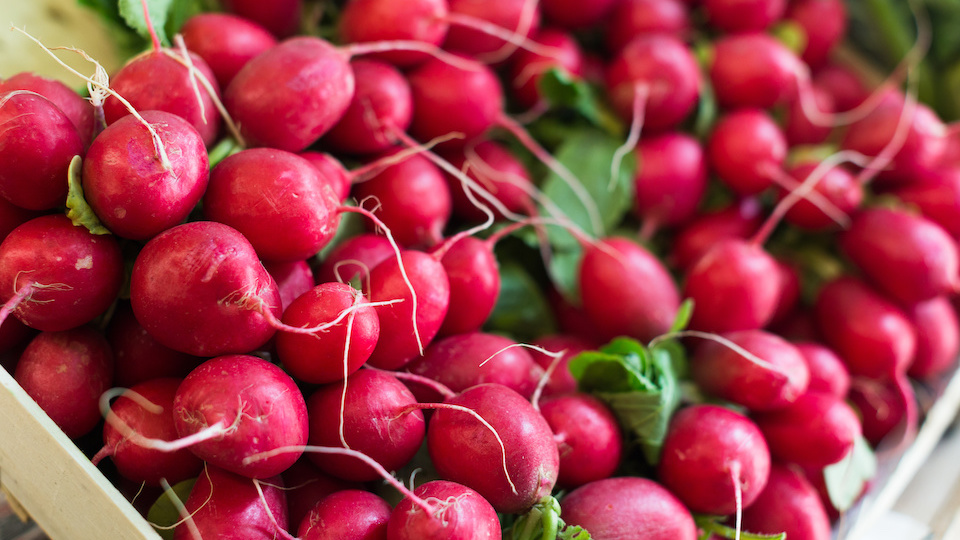While stockpiling seeds is a great idea, keep in mind that seeds do have a shelf life. They don’t last forever, and if you’re planning to have some on hand for an emergency, it is important that you practice growing them so that you can guarantee success when it matters most. Use a rotating seed system to plant, store, and refresh your stored seeds regularly and add these plants to your garden today to deepen your emergency gardening experience. Don’t wait until it’s too late! Start your emergency garden today.
Remember, another great sustainability tip is to start a compost pile in your yard. Be sure to add in the proper amounts of “green” and “brown” ingredients to maintain the balance required to compost waste, and you will be able to access rich, fertile, organic material whenever you need it. Plus, it’s totally free, which is always a plus.
Arugula
Arugula will send up its peppery green leaves quickly after planting, and this yummy salad addition will be ready to harvest just a month later. Enjoy arugula in your lunch salad for a slightly spicy kick, or use it on sandwiches to add a little burst of flavor. Cut the leaves back when it’s time to harvest, leaving about an inch of the plant above the ground so that you will be able to get a second harvest. Keep in mind, arugula is primarily a cooler season crop, but it can be grown through the summer in temperate climates as long as it is kept in a shady spot.
Radishes
These little root veggies are often at the top of lists of fastest-growing plants, which makes them an excellent addition to your emergency seed stash. Plant the seeds in fertile, well-draining soil and enjoy crunchy, red, peppery root veggies in around three to four weeks. Sow a new batch of seeds every few weeks so that you can enjoy fresh radishes throughout the summer months.
Tomatoes
Though tomatoes aren’t as fast-growing as others on this list and could take a few months to reach maturity, these versatile vegetables are a crucial inclusion in your emergency preparedness stash. Turn tomatoes into sauce, salsa, dice them and top your favorite meal, add to salads, or just enjoy the refreshing flavor of a cherry tomato as a snack. Store up a few packs of your favorite varieties for a rainy day.
Bush or Pole Beans
Pole beans are incredibly high yield and are loaded with essential vitamins that could be lacking in an emergency diet. Plus, since beans store so well, they are often one of the first foods to disappear from shelves in an emergency situation. Be sure that you have proper staking equipment on hand (even sticks and twine will work) and go ahead and start growing beans today to bulk up your storage containers. Bush beans are a great option as well, so be sure to do some research to find out which works best for your garden and growing zone. Or, better yet, grow both!
Spinach
Spinach is often heralded as one of the healthiest vegetables you can enjoy. Full of iron, vitamins A, C and K, and magnesium, it doesn’t get much better than this leafy green when preparing for a disaster scenario. It can be grown through the winter in a cold frame or greenhouse and matures in about four to six weeks. If you prefer kale, it is also loaded with nutrients and is incredibly cold hardy.
Baby carrots
Everyone loves carrots, right? Though radishes may not be at the top of the list for many people, carrots are pretty much universally loved. Unfortunately, traditional carrots take a long time to mature and aren’t necessarily the best choice for a sustainable survival garden. Instead, grow baby carrots. They don’t require super deep soil and are ready to harvest about a month after planting.
Peas
Peas grow quickly and will produce an abundant harvest in just a few weeks. They are also cold-hardy, which means that you can plant them early and get a jump on the growing season in spring.
What are your favorite seeds to have on hand for an emergency? Let us know in the comments below!
-Taylor Ramsey




